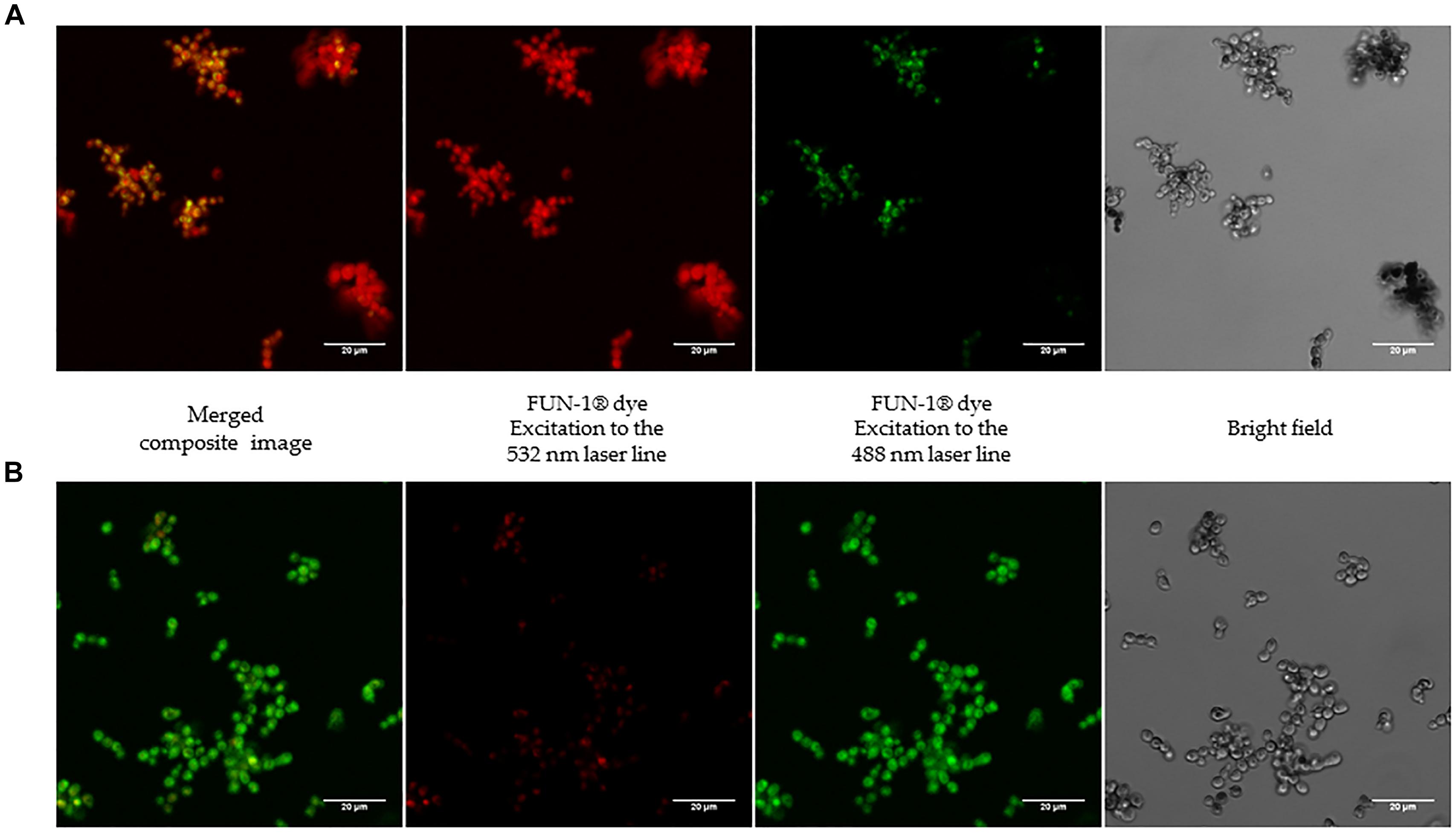Nuestra última publicación estudia la actividad del secretoma uterino y su potencial utilidad en el tratamiento de las candidiasis. Es un estudio en el que hemos participado investigadores de la Universidad del País Vasco (UPV/EHU) (Estibaliz Mateo, Cristina Marcos-Arias, Elena Eraso y Guillermo Quindós) en colaboración con tres centros españoles enlazados por la Fundación para la Investigación con Células Madre Uterinas (FICEMU), los centros son la Universidad Rey Juan Carlos (José Schneider), la Fundación Hospital de Jove (Noemí Eiro y Francisco Vizoso) y la Universidade de Santiago de Compostela (Román Pérez-Fernández)
Este es el resumen de la publicación a la que se puede acceder en este enlace.
El artículo completo se puede leer de forma gratuita aquí.
Antifungal activity of the human uterine cervical stem cells conditioned medium (hUCESC-CM) against Candida albicans and other medically relevant species of Candida
Background: Candidiasis is a major cause of human morbidity and mortality. Human uterine cervical stem cells conditioned medium (hUCESC-CM) is obtained from stromal stem cells of the cervical transformation zone, which are in permanent contact with a wide array of potential vaginal pathogens. In previous reports we have found that hUCESC-CM has antitumor and antibacterial potential. Since Candida is the most prevalent yeast in the human vagina, it seems plausible that hUCESC-CM might also show activity against it.
Methods: In a preliminary step, to evaluate if hUCESC-CM showed any activity at all on Candida growth, in vitro activities of hUCESC-CM against fluconazole-susceptible reference strains of Candida albicans, Candida glabrata, Candida krusei, and Candida parapsilosis were studied with a microdilution method on RPMI 1640, using the BioScreen C microbiological incubator. Each measurement was repeated five times. The same methodology was used subsequently on fluconazole-susceptible and fluconazole-resistant Candida isolates from blood and vagina of those species corresponding to the reference strains of Candida against which activity had been detected in the previous study. Moreover, two fluconazole-resistant clinical isolates of Candida auris from blood and urine were also included.
Findings: In vitro inhibitory activity of hUCESC-CM ranged from 57.5% to 96.6% growth-reduction against fluconazole-susceptible reference strains of Candida albicans, Candida glabrata and Candida parapsilosis. hUCESC-CM also reduced the growth of all fluconazole-susceptible tested vaginal isolates by more than 50%. For fluconazole-resistant isolates, growth-reduction was higher than 67% for Candida albicans, regardless of its origin (vagina or blood). The isolate of Candida auris from urine with a MIC >128 for fluconazole was also significantly inhibited. However, hUCESC-CM was almost inactive against any of the fluconazole-resistant blood isolates of Candida glabrata, Candida parapsilosis and Candida auris tested.
Interpretation: This is the first report about the growth-inhibiting properties of conditioned medium from human stromal stem cells against different species of Candida. Antifungal activity of stromal stem cells depends on their site of origin, being most effective against Candida species most prevalent at that particular location. If confirmed in further studies, these findings might result in a completely new therapeutic approach against superficial and invasive candidiasis.

FIGURE 3. Candida glabrata ATCC 90030 viability by Laser Confocal Microscope. Cells stained with FUN-1®dye from the kit LIVE/DEAD Yeast Viability Kit after 24 h of incubation without conditioned culture medium (hUCESC-CM) (A) and in presence of hUCESC-CM (B).
Views: 0

Deje una respuesta